While having a cyclone travel with less speed may seem like a good thing, it's actually just the opposite. Wind speeds within the storm remain high, but the whole system itself moves slower across the landscape, allowing punishing rains to linger longer over communities.
Another consequence could be to weaken storms while they move over the ocean since slower storms cause greater ocean cooling* and colder surface water decrease hurricanes strength. That would be an interesting hypothesis to test.
- Vincent et al (2012) Assessing the Oceanic Control on the Amplitude of Sea Surface Cooling induced by Tropical Cyclones. Journal of Geophysical Research
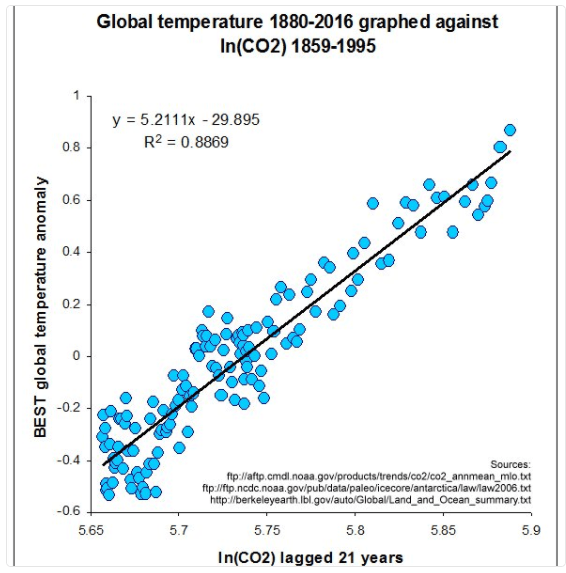
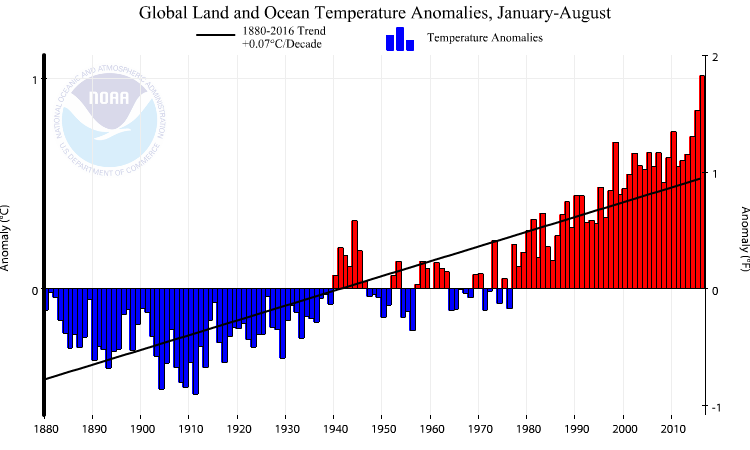 Source:
Source: 

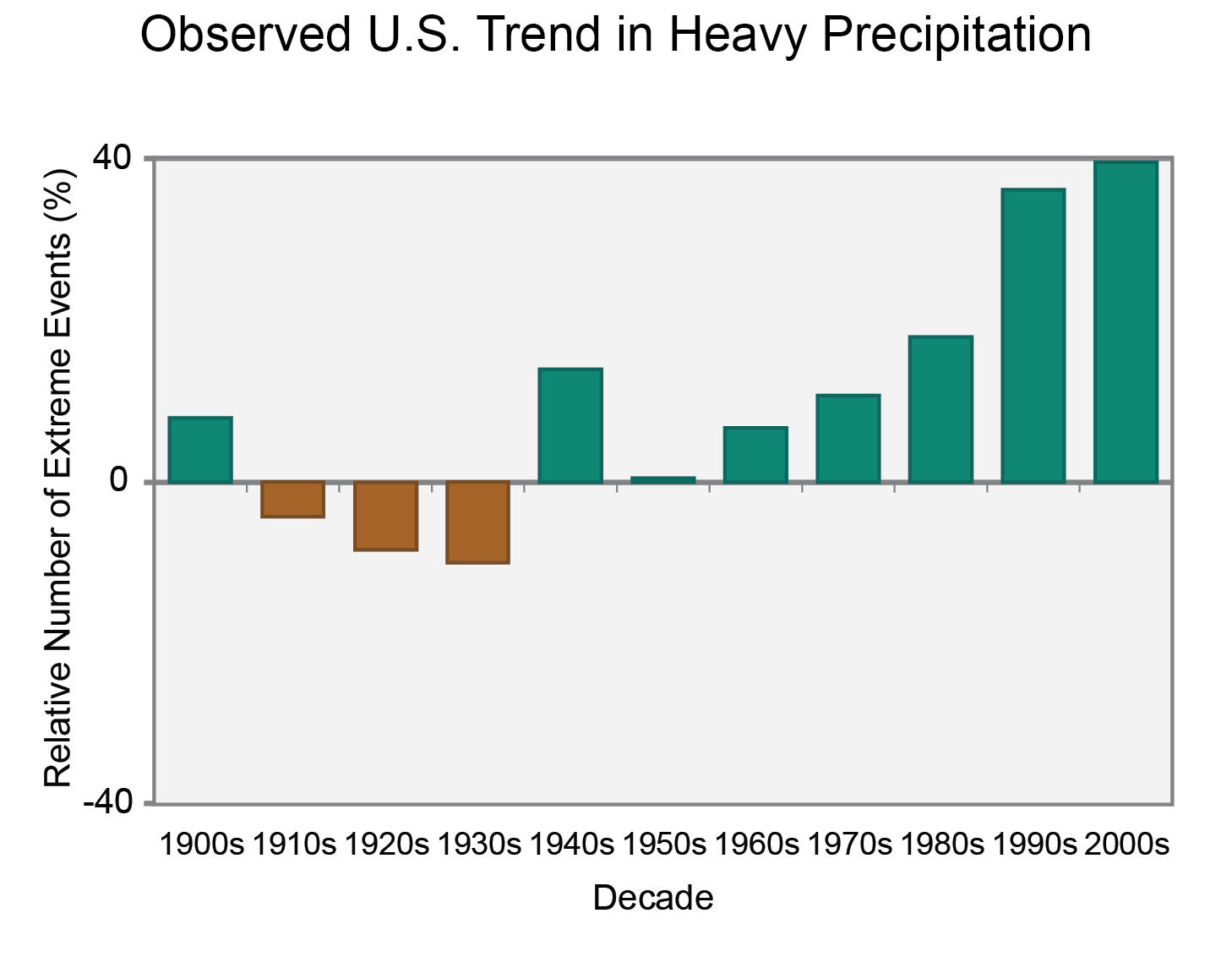
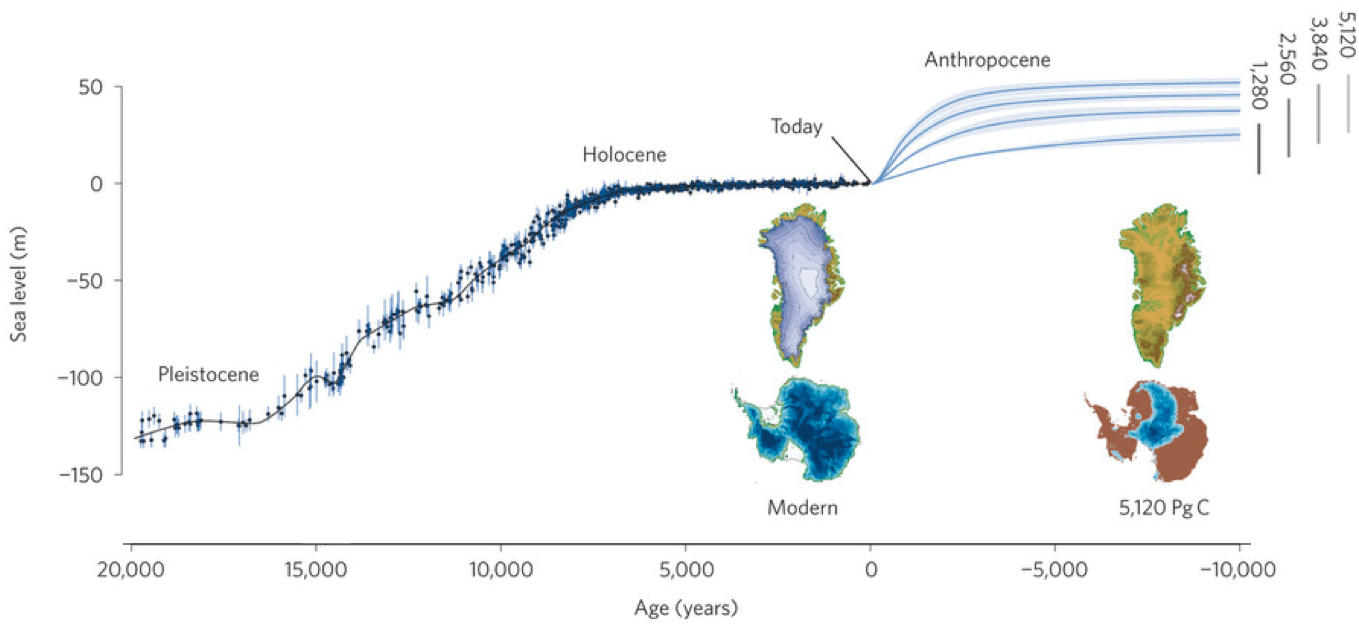

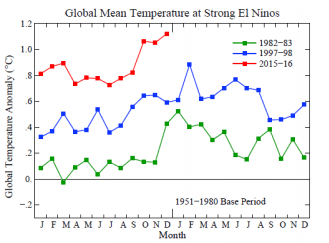 source:
source: 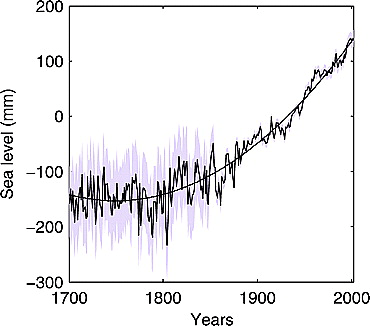

 source:
source: 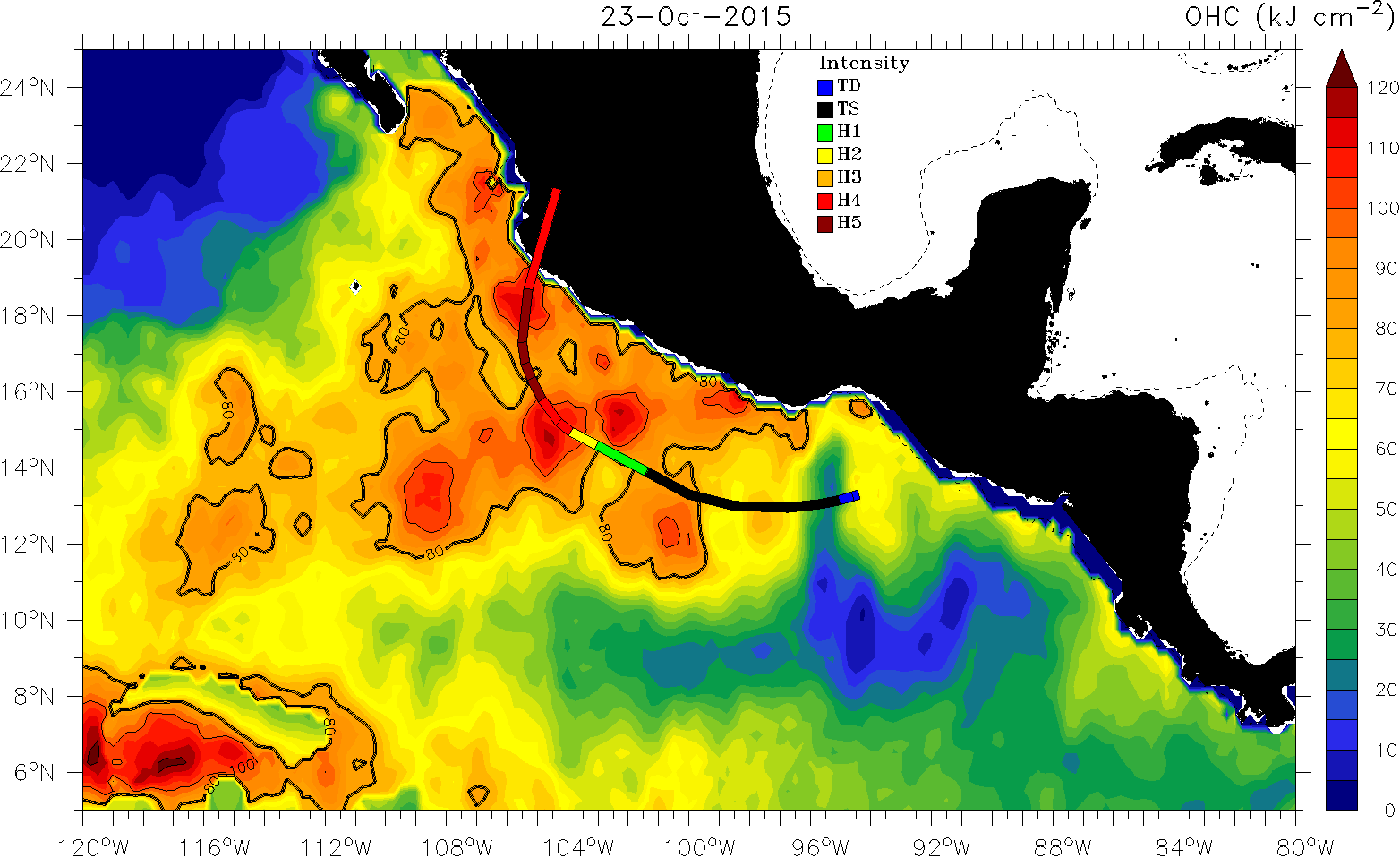 source:
source:  source
source 
 Survey responses to "Do you think human activity is a significant contributing factor in changing mean global temperatures?", from Doran & Zimmerman (2009)
Survey responses to "Do you think human activity is a significant contributing factor in changing mean global temperatures?", from Doran & Zimmerman (2009)


 source:
source: 
